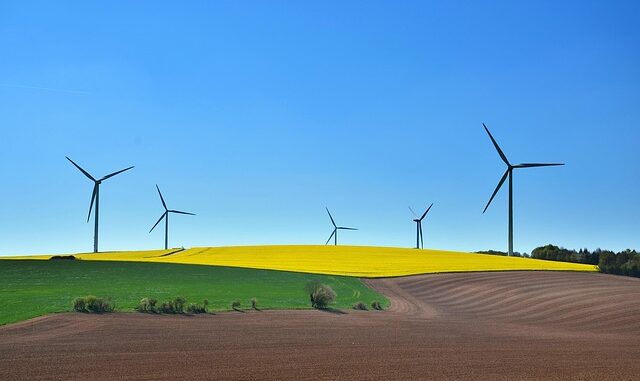
In the heart of London, a new wave of property developers is challenging traditional construction norms by prioritizing energy efficiency. These innovators are not just building structures; they’re crafting sustainable, future-proof homes that align with the city’s ambitious environmental goals.
Innovative Design and Sustainable Materials
One standout example is Ashley Law, founder of Flawk. Inspired by her first project, Trove, in Whitechapel, she focuses on revitalizing neglected areas with thoughtful design and meaningful sustainability. Law emphasizes collaborating with local artists and fostering community spirit through her developments. (ft.com)
Similarly, Alex Macaulay of Kinland prioritizes using responsibly sourced materials and creating homes that reflect lifestyles and values. Projects like Bristow Mews in Brixton and Eastbrook in Dulwich highlight generous spaces and wellness-focused designs. (ft.com)
Successful low-energy building design hinges on careful planning. Focus360 Energy can help.
Energy-Positive Buildings
Joshua Gordon and Ben Spencer of gs8 aim to make home ownership accessible and sustainable. Their project, The Arbour in Walthamstow, serves as a pilot for their “planet-positive framework,” ensuring zero energy bills and carbon-positive developments. (ft.com)
Digitalization and Smart Technologies
The integration of digital technologies plays a pivotal role in enhancing energy efficiency. By implementing Building Automation Systems (BAS), developers can centralize control of lighting, HVAC, and security systems, optimizing energy usage based on occupancy patterns and weather conditions. This approach not only reduces energy bills but also increases building value, with smart systems potentially adding up to 11.8% in lease value. (lynxenergyandcarbon.co.uk)
Retrofitting and Adaptive Reuse
While new constructions are vital, retrofitting existing buildings is equally crucial. The “Retrofit First” mindset advocates for reducing embodied carbon by reutilizing current structures rather than constructing new ones. This approach not only lessens carbon emissions linked to new construction materials but also preserves the historical and aesthetic essence of the city. (energydigital.com)
Challenges and Future Outlook
Despite these advancements, challenges persist. The performance gap, which refers to the disparity between predicted and actual energy use, remains a concern. Research in the UK suggests that actual carbon emissions from new homes can be 2.5 times the design estimates, on average. (en.wikipedia.org)
To address this, organizations like the Good Homes Alliance advocate for near-zero carbon targets for new homes and emphasize the need for a cohesive national strategy to facilitate green retrofitting. (en.wikipedia.org)
In conclusion, London’s new-generation property developers are at the forefront of a sustainable construction revolution. By embracing innovative designs, smart technologies, and a commitment to energy efficiency, they’re not only transforming the city’s skyline but also setting a global benchmark for eco-friendly urban development.


The focus on revitalizing neglected areas is inspiring. Community engagement through these sustainable developments can foster a sense of ownership and pride among residents, further driving the success and longevity of these eco-friendly initiatives.
I completely agree! The community aspect is so important. Seeing residents take pride in these revitalized spaces truly validates the effort. It’s about more than just buildings; it’s about building a stronger, more connected community for everyone.
Editor: FocusNews.Uk
Thank you to our Sponsor Focus 360 Energy
Given the performance gap between predicted and actual energy use, what measures are being implemented to ensure accountability and bridge this discrepancy in sustainable building projects?
That’s a vital question! Addressing the performance gap requires a multi-faceted approach. Enhanced building performance monitoring, post-occupancy evaluations, and rigorous adherence to updated building regulations are key steps. Also, incentivizing developers to exceed predicted energy performance can drive innovation and accountability. Let’s keep this conversation going!
Editor: FocusNews.Uk
Thank you to our Sponsor Focus 360 Energy